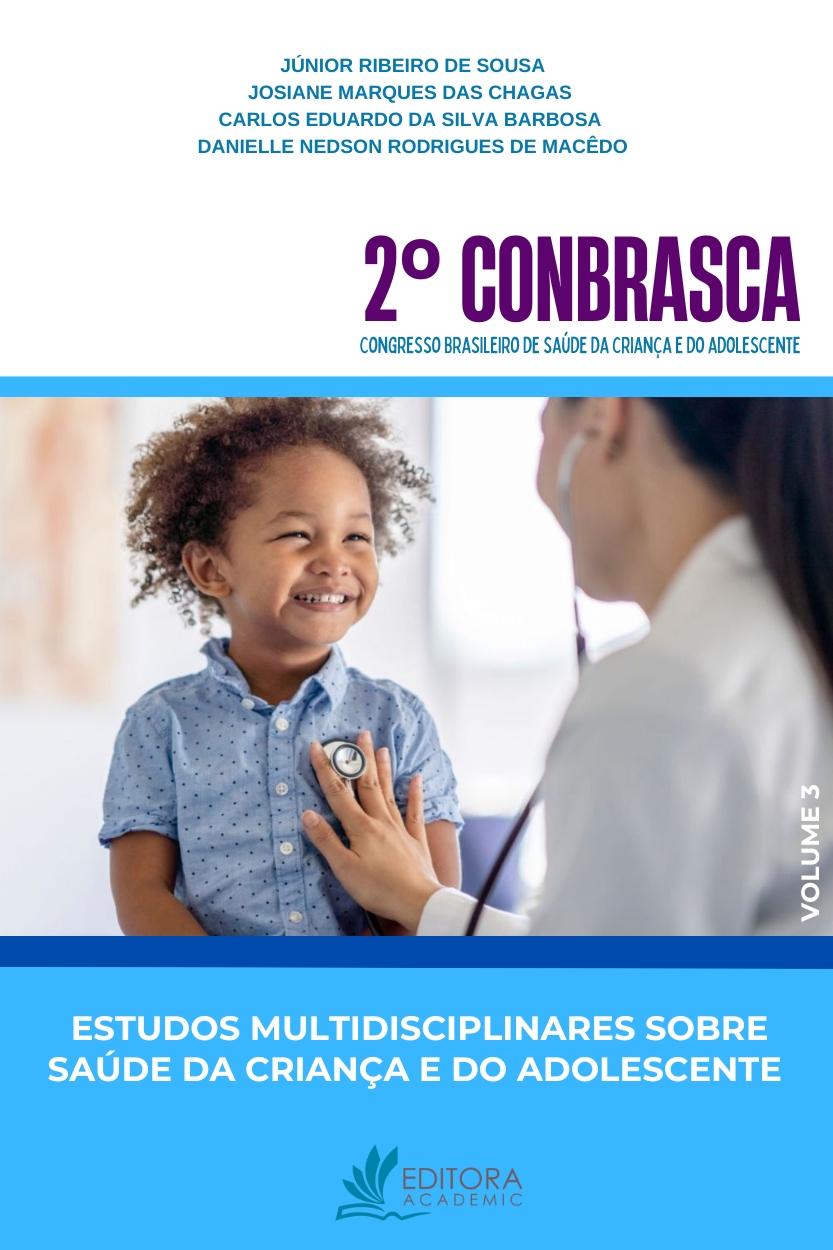
O desenvolvimento infantil sofre influência de fatores de risco biológicos e sociais que se incidentes no período pré, peri e/ou pós-natal, proporcionam maior probabilidade da criança de apresentar déficits em seu desenvolvimento. Objetivo: Caracterizar os lactentes com histórico de risco biológico. Metodologia: Estudo de campo, documental e de natureza quantitativa, realizada com 35 mães e lactentes de risco do ambulatório de Follow up/seguimento de risco da Maternidade Escola Assis Chateaubriand (MEAC), no período de fevereiro a junho de 2021. Resultados e Discussão: As mães avaliadas tinham idade entre 18 e 44 anos, (51,4%) eram solteiras e autônomas. A maioria (48,6%) tinha concluído o ensino médio e residiam em Fortaleza (65,7%). Dentre as condições pré-natais todas realizaram prénatal com uma média de 7,75 consultas, 33 (94,3%) referem não ter tido exposição a teratógenos 22 (62,9%) fizeram uso de drogas receitadas. Dentre os prematuros avaliados, 22 (62,9%) eram do gênero masculino, 21 (60%)/30 (85,7%) apresentaram apgar entre 8-10 no primeiro/quinto minutos, respectivamente, eram prematuros moderados 22(62,9%) e adequados para a idade gestacional 24(68,6%). Quanto ao peso ao nascer sobressaíram os RN’s de baixo peso 16(45,7%), 24 (68,6) precisou de cuidados intensivos, 9 (25,7%) necessitou de VMI. A situação do desenvolvimento motor das crianças, expressos através da escala AIMS, de forma que a maioria (15) 42,8% obtiveram & #62; 25th. Considerações Finais: Diversos são os fatores associados ao desenvolvimento pleno dos lactentes de risco, apontando assim para a necessidade de maior atenção aos fatores de risco maternos e neonatais pelos profissionais atuantes nesses seguimentos.